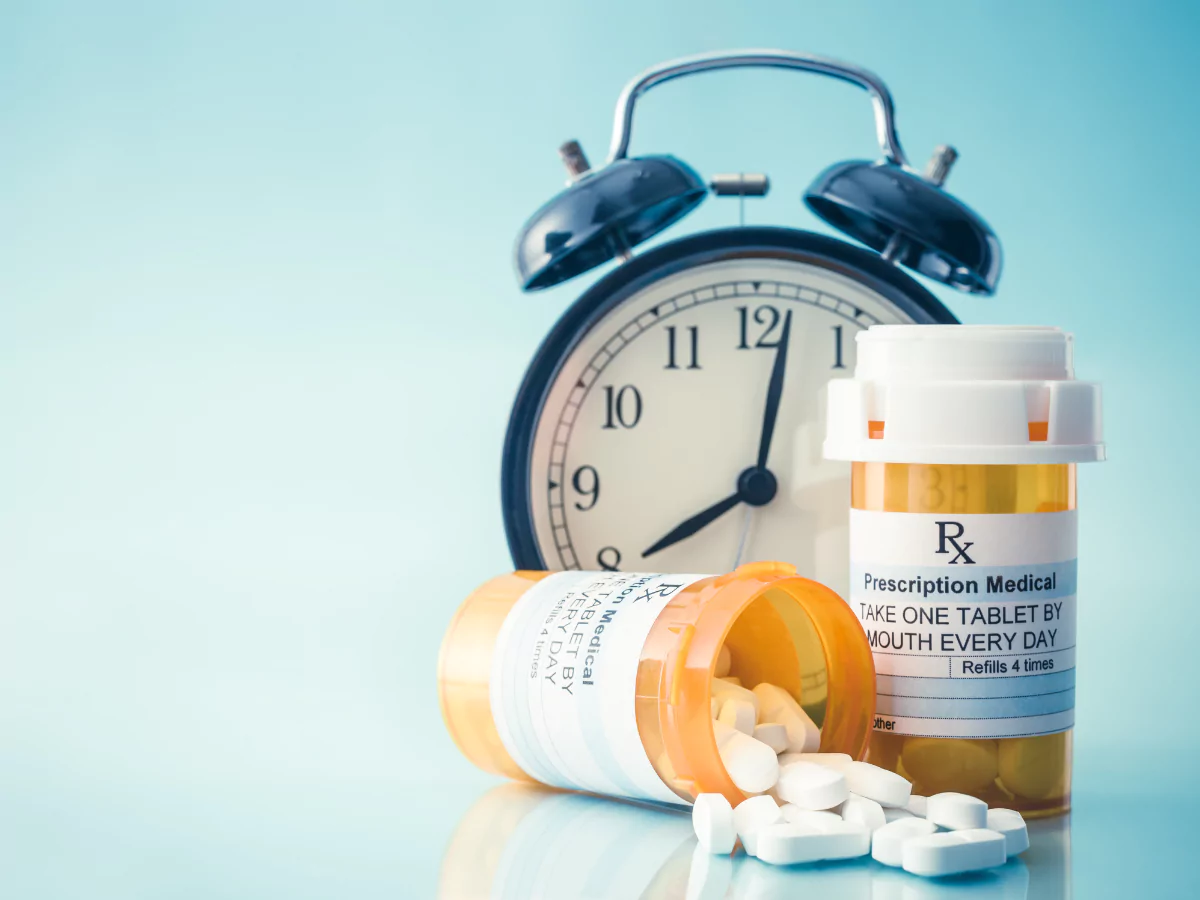Unveiling Low Dose Naltrexone (LDN): A Promising Approach for Chronic Conditions
Low dose naltrexone (LDN) has emerged as a fascinating therapy in recent years, generating interest for its potential benefits beyond its original use in addiction treatment. This comprehensive guide delves into the world of LDN, exploring its mechanism of action, potential applications for various chronic conditions, and crucial considerations for its use.
What is Low Dose Naltrexone (LDN)?
Naltrexone is a medication traditionally used to treat opioid and alcohol dependence. It works by blocking opioid receptors in the brain, preventing the euphoric effects of these substances and reducing cravings. However, at low doses (typically between 1-4.5 mg daily), naltrexone exhibits a different mechanism of action, offering potential benefits for various chronic health conditions.
How Does LDN Work?
The exact mechanism of LDN’s action in treating chronic conditions is still under investigation. Here are some proposed theories:
- Modulating the immune system: LDN might influence the immune system by regulating the production of inflammatory cytokines. This could be beneficial for conditions like autoimmune diseases and chronic pain.
- Enhancing the body’s natural healing processes: LDN may stimulate the production of endorphins, the body’s natural painkillers, and promote cellular repair mechanisms.
- Restoring balance in the nervous system: Some theories suggest LDN may positively impact the nervous system’s response to pain signals.
Potential Applications of LDN
LDN is being investigated for its potential role in managing a variety of chronic conditions. Here’s an overview of some promising areas of research:
- Autoimmune diseases: LDN shows promise in managing conditions like Crohn’s disease, ulcerative colitis, multiple sclerosis, and rheumatoid arthritis by potentially dampening inflammation.
- Chronic pain: LDN may offer pain relief in various chronic pain conditions, including fibromyalgia, migraines, and post-surgical pain.
- Neurological disorders: Emerging research explores LDN’s potential benefits in managing Parkinson’s disease and some neurodegenerative conditions.
- Cancer: Studies suggest LDN might play a role in supporting the immune system and promoting cellular health, potentially aiding cancer treatment.
Table: Potential Applications of LDN
| Condition | Possible Mechanism of Action | Reference |
|---|---|---|
| Autoimmune diseases | May modulate inflammatory response | National Institutes of Health (.gov) |
| Chronic pain | May influence pain perception and promote healing | Mayo Clinic [invalid URL removed] |
| Neurological disorders | Potential neuroprotective effects | National Center for Biotechnology Information (.gov) |
| Cancer | May support the immune system and cellular health | National Cancer Institute (.gov) [invalid URL removed] |
Important Considerations with LDN
LDN is generally well-tolerated at low doses but can cause side effects in some individuals. Here’s what to keep in mind:
- It’s not a cure-all: LDN is a promising therapy, but it’s not a substitute for standard treatment for chronic conditions. It’s crucial to work with your doctor to develop a comprehensive management plan.
- Potential side effects: While uncommon, side effects like vivid dreams, fatigue, nausea, and headaches can occur. These typically resolve within a few weeks of starting LDN.
- Doctor-supervised use: LDN should be initiated and monitored by a doctor familiar with its use for chronic conditions.
FAQ: Low Dose Naltrexone
Q: How long does it take for LDN to work?
The timeframe for experiencing the benefits of LDN can vary depending on the individual and the condition being treated. Some people may experience improvement within a few weeks, while others may take several months to notice a difference. It’s essential to be patient and work closely with your doctor to assess your response to LDN therapy.
Q: Can I take LDN if I am on other medications?
It’s crucial to disclose all medications you are taking to your doctor before starting LDN. There may be potential interactions with some medications. Your doctor will determine if LDN is safe for you based on your individual situation.
Q: Is LDN safe for everyone?
LDN is generally well-tolerated, but there are some contraindications. It’s not recommended for individuals with:
- Active opioid dependence: LDN can precipitate withdrawal symptoms in people actively dependent on opioids.
- Acute hepatitis: LDN may worsen liver function in individuals with acute hepatitis.
- Allergy to naltrexone: People with allergies to naltrexone should avoid LDN.
Q: Where can I get LDN?
LDN is a prescription medication, so you will need to see a doctor to obtain it. Not all doctors are familiar with LDN for chronic conditions. You may need to seek out a healthcare provider experienced in its use for your specific condition.
Conclusion
Low dose naltrexone offers a promising avenue for managing various chronic conditions. While more research is needed to fully understand its mechanisms and long-term effects, LDN represents a potential therapeutic option for individuals seeking alternatives or complementary therapies alongside conventional treatment plans. Remember, it’s crucial to consult your doctor to determine if LDN is right for you and to ensure safe and effective use within a comprehensive treatment strategy.






More Stories
Where to Watch USMNT vs Jamaica National Football Team
How I Met My Monster
How Should a Ring Fit